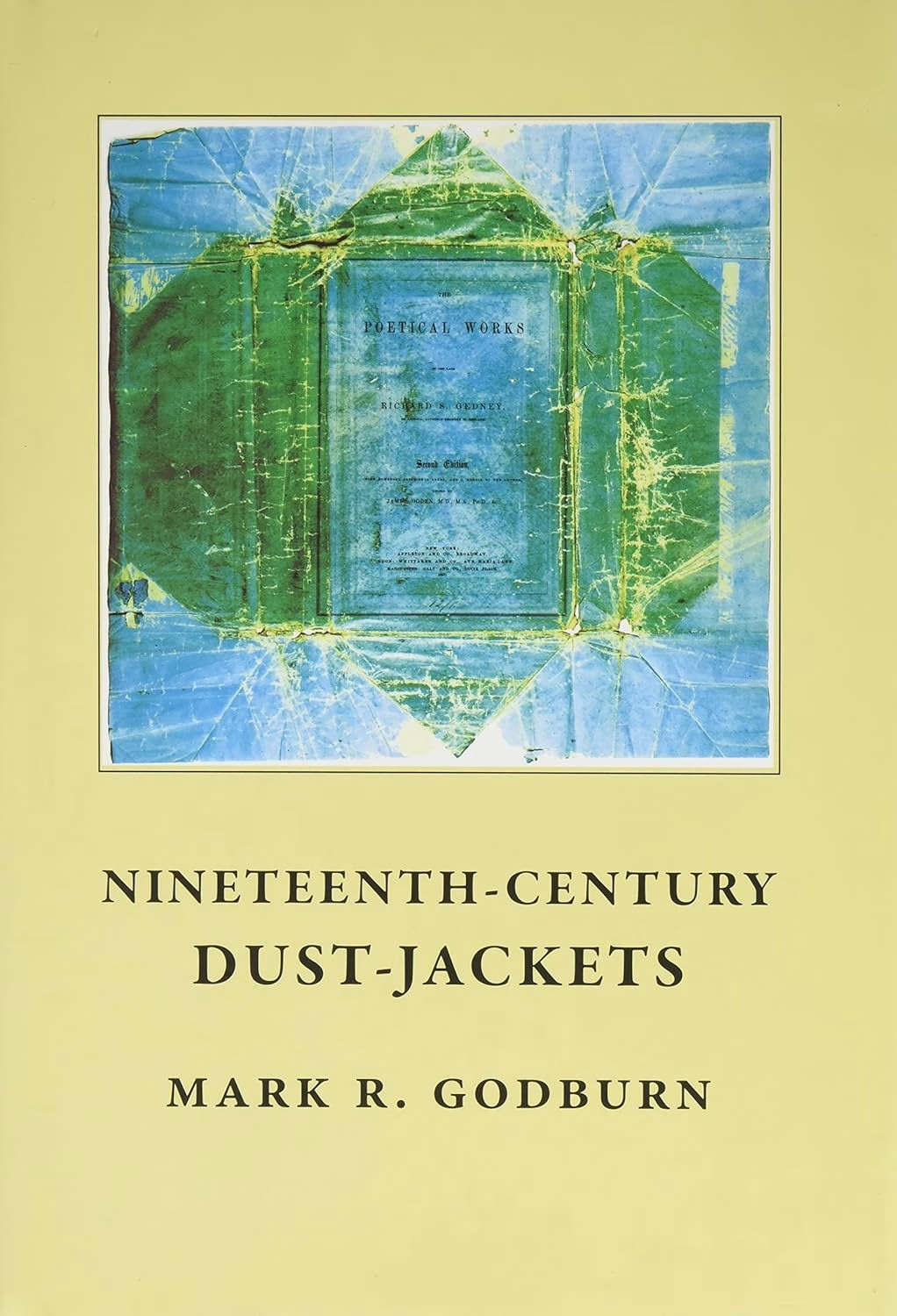Slip cover, dust cover, or dust jacket — whatever you call it, and whether you’re the type to trash or treasure them — have you ever wondered what purpose they serve and when they were invented?

In Europe, the first printed books were typically sold without covers! Printers were not also bookbinders, so if you wanted a cover, you’d take your naked book (a collection of sewn or loose quires) to your local bookbinder.
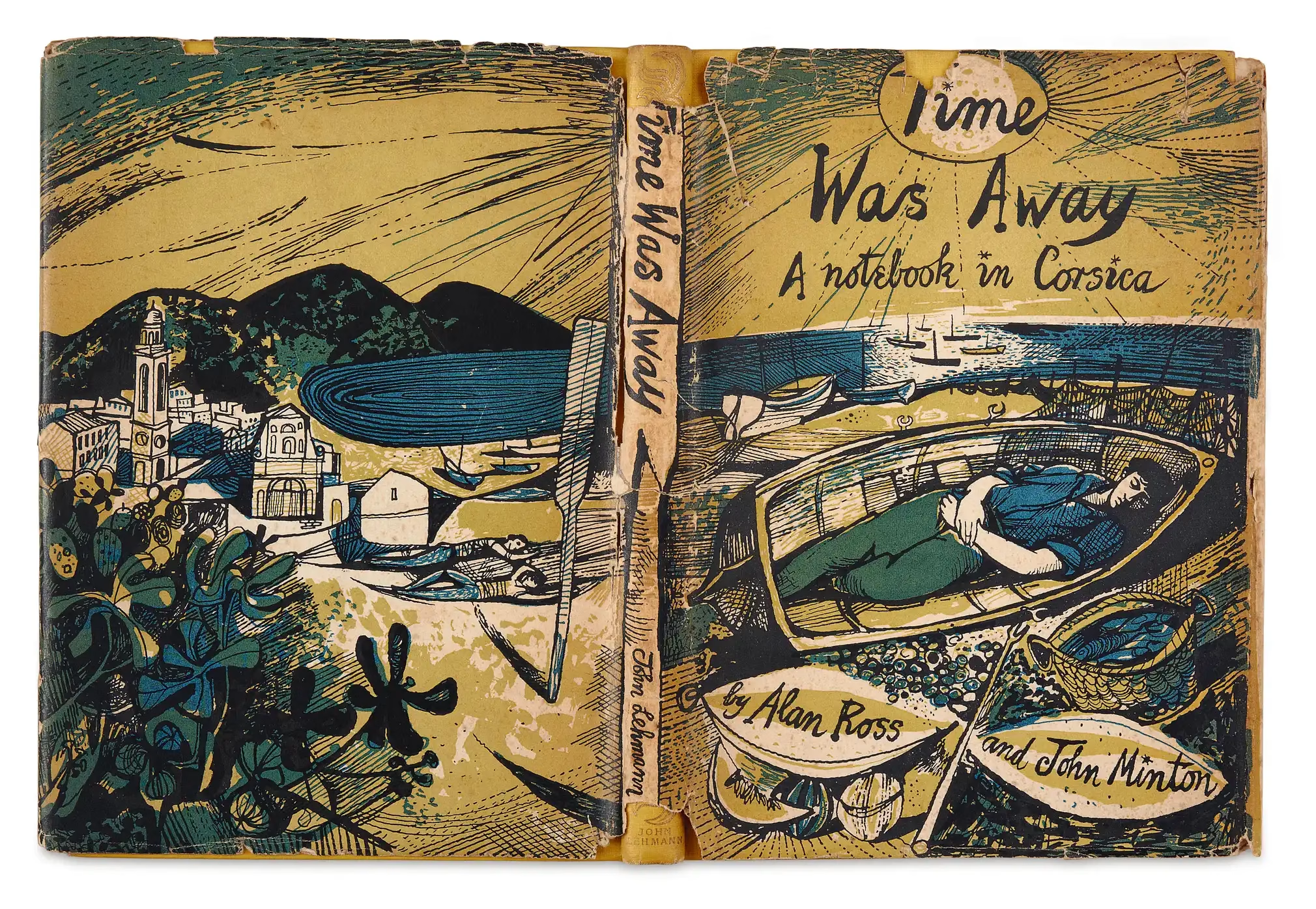
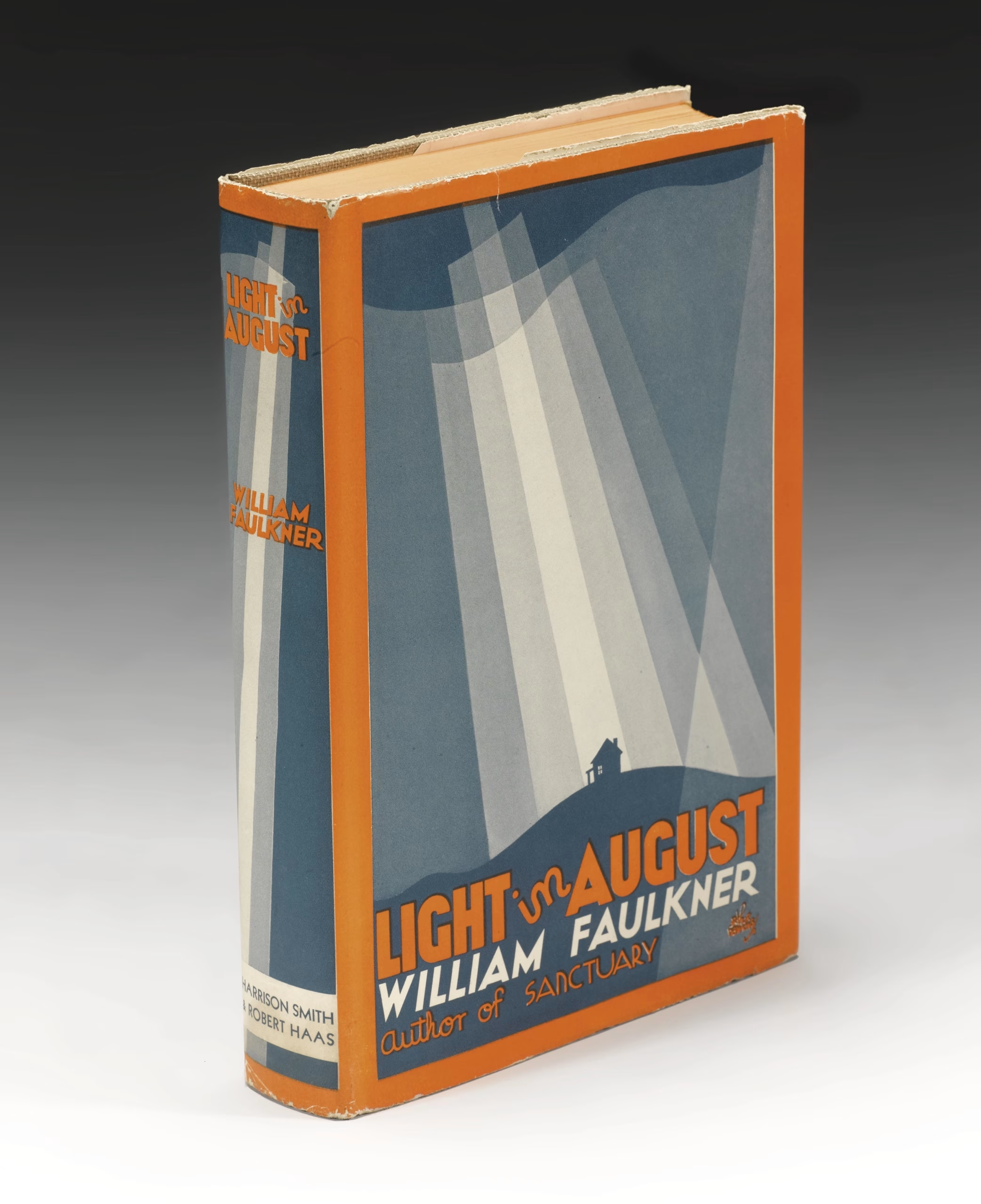


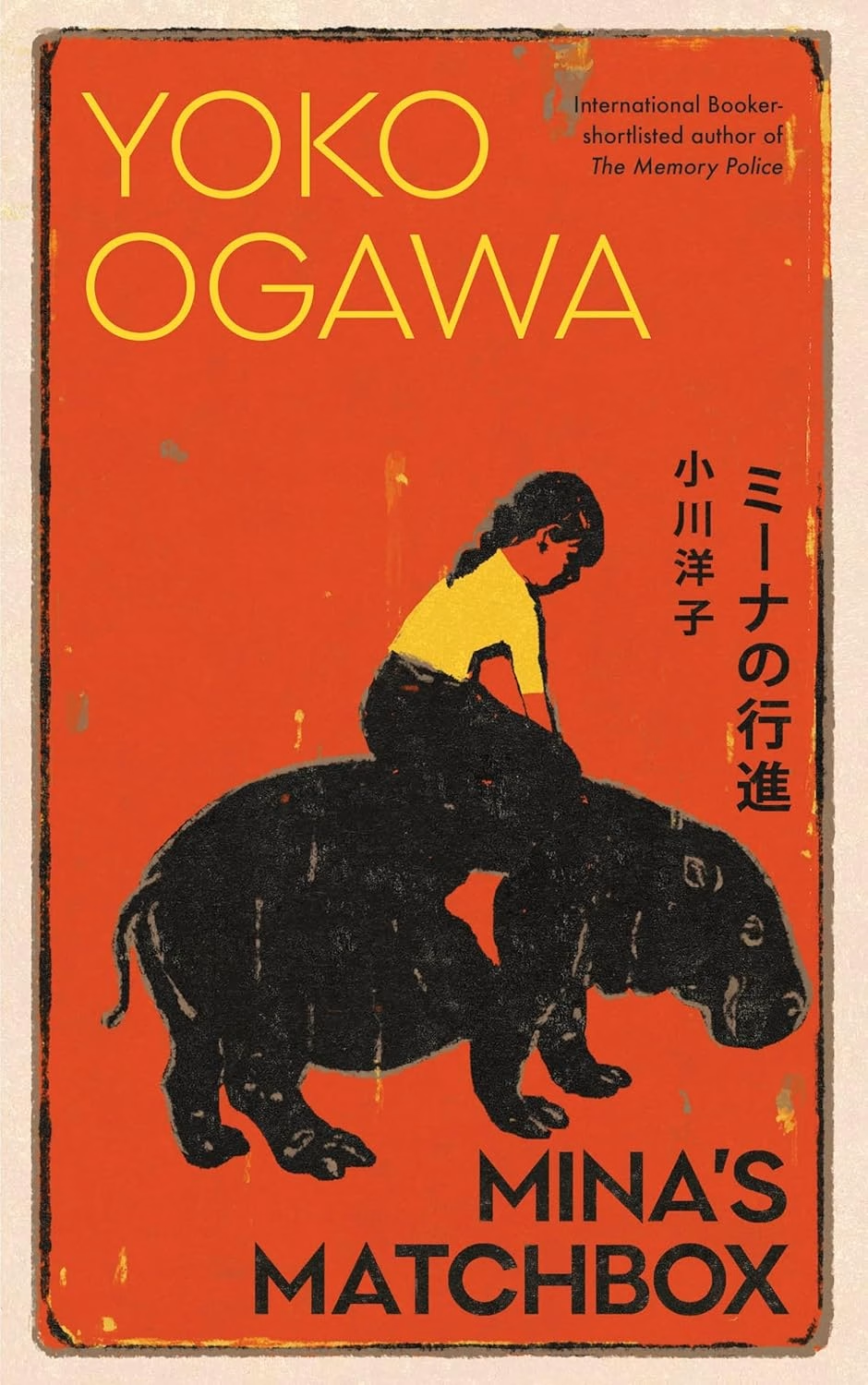
Books were often sold unbound until the advent of cloth binding in about 1820 (cloth or fabric glued to stiff paper board), the same century in which book binding was finally mechanized.
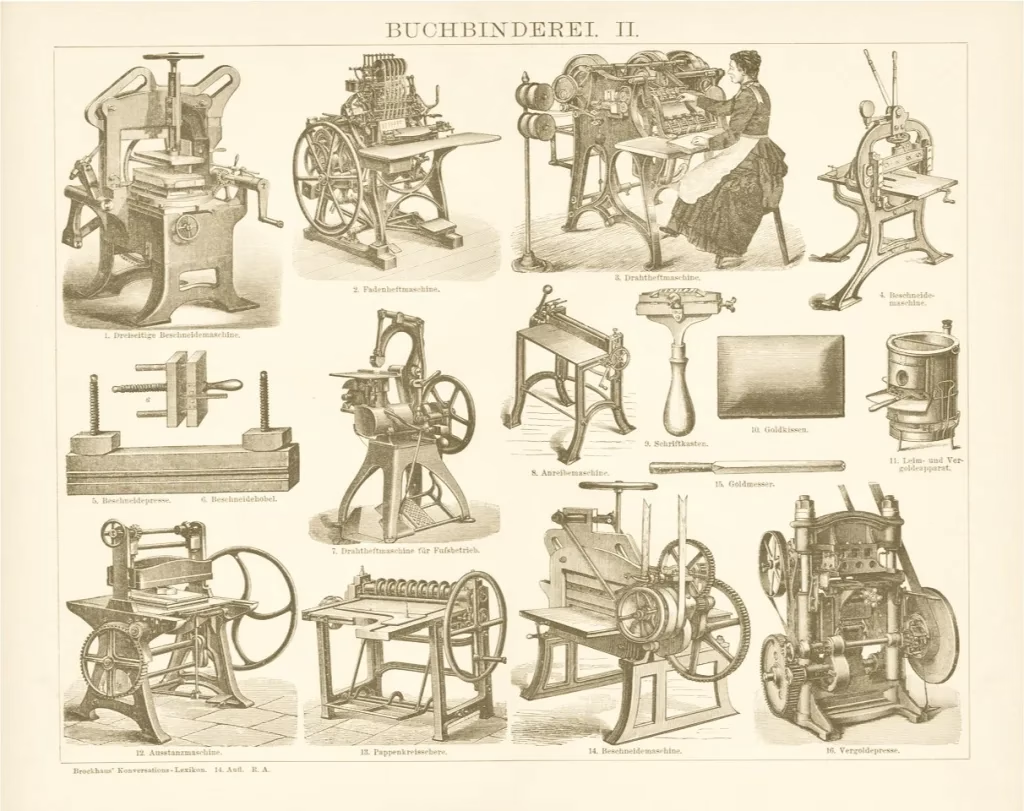
Clothing for books
The first known dust jackets were produced by German binderies in the 1760s, long before their appearance in Britain and the US.* The oldest surviving dust jacket outside of Germany was discovered at Oxford University’s Bodleian Library for a book with a vulnerable silk binding, printed in 1830.
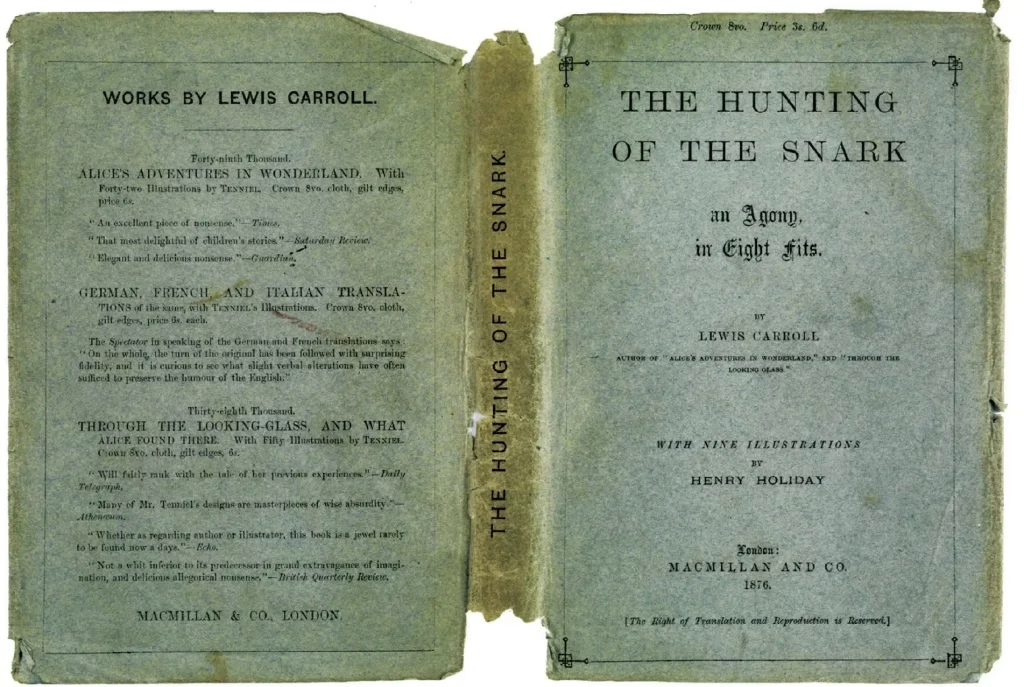
Some of the earliest book jackets wrapped around the entire book and were sealed with wax. Thus they were more like wrapping paper than a modern, loose wrap-around dust jacket. They were typically plain and typographic, and their main purpose was to protect the book during transit. They were also ideal to protect silk cloth bindings and, gold embossed details and type when mechanized cloth binding took off. But the book jacket’s function quickly evolved from protection to publicity as publishers began to see the dust jacket’s potential for marketing. Examples of illustrated or pictorial book jackets appeared early on but really took off in the 1920s, boosted by recent advances in color printing that drove down the costs of printing in color.
Belly bands
In Japan, they’re called 本の帯 (hon no obi), literally a book obi (an obi is a broad sash worn with traditional Japanese clothing like the yukata and kimono). The elegance of the Japanese nomenclature contrasts with the English ‘belly band’. This diminutive ‘dust jacket’ is typically used for promotional material and advertising.
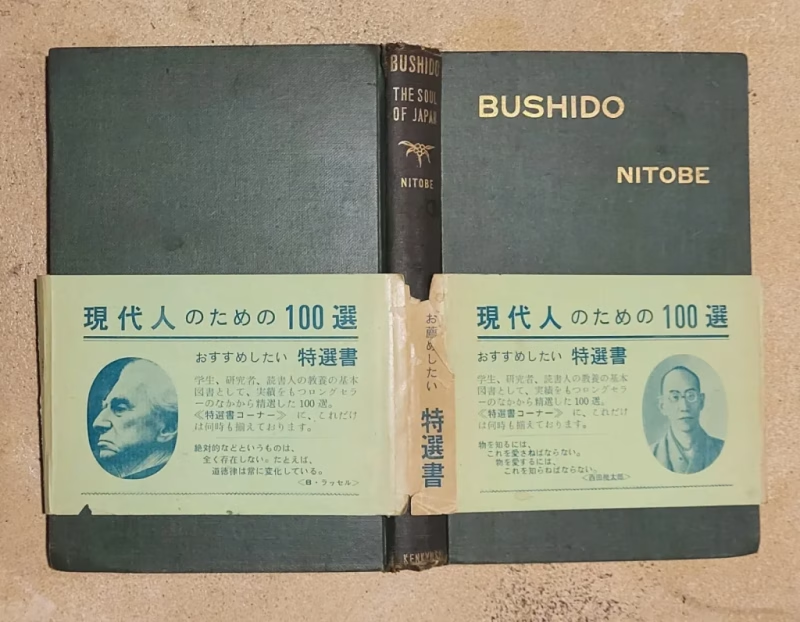

Did you know…?
Plain paper or decorative dust jackets are offered free of charge in Japanese bookstores. Japanese, when reading in public, typically use such book jackets as a privacy measure.
* Early Bindery Dust Jackets – Mark Godburn
Further reading:
☛ Guardian: Beautiful book-jacket designs – in pictures.
☛ LitHub: 32 Beautiful Early Dust Jackets for Iconic Books
☛ Mark Godburn, Early Bindery Dust Jackets
☛ —————, Jacketed Three-Deckers
Credits: Header image from Bodleian Library Publishing



